Greetings to all my dear Rising Star friends, today I am very happy to share with you a new article on my blog. I want to tell you some interesting facts about a very interesting instrument, I am referring to the bassoon. And, as usual, at the end of the post I will present you some fan art that I have created, inspired by our beloved game, Rising Star. Without further ado, let's begin.
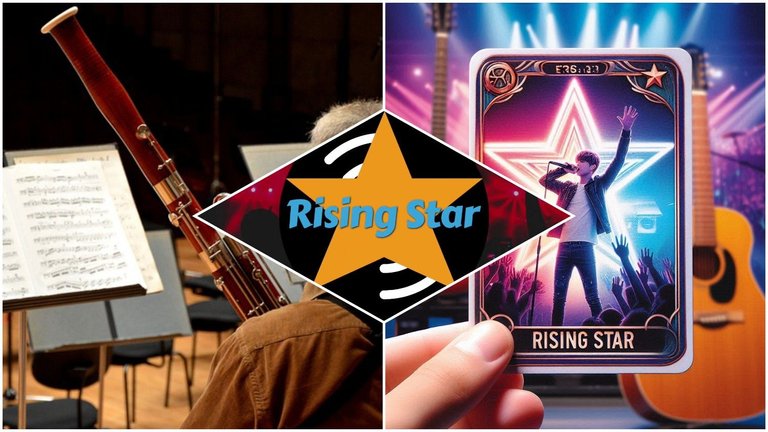
Source: Canva
Well, friends, I'll tell you that the bassoon is a woodwind instrument with a double reed, which means that, yes, you need to blow hard to make it sound😀. It is made up of a conical tube folded over itself and, if you were to stretch it, it would measure about 250 cm. Throughout its evolution, it has gone from being a simple accompaniment in ecclesiastical music to having a central role in orchestras and bands around the world.
But of course, it is best to know a little about its beginnings, which is why you should know that although the current form of the bassoon was developed in the 19th century, its roots or origins date back to the 17th century. An interesting antecedent is the dulcian, a similar instrument that was popular in Europe. However, there are those who believe that its origins could be even further back, in the ancient Greek aulos, which the Romans called tibia bassa. Although they were not exactly bassoons, these instruments shared the idea of expanding the low range of the wind sound. Anyway, the thing is that it is quite old, like most wind instruments.
As a curious fact, you should know that since its appearance, the bassoon has been an essential element in orchestras. In the 18th century, it stopped being just a reinforcement for the bass line and began to stand out as a soloist. Composers such as Vivaldi, Mozart and Weber wrote works for this instrument.
On the other hand, it is important to know that the origin of the bassoon is not attributed to a single person, since its development was a gradual process influenced by several predecessor instruments. A popular theory mentions Afranius Theseus as a possible inventor while others say that the current form was consolidated in the 19th century thanks to innovations by Carl Armenraeder, Johann Heckel and Jean Nicolas Savary. And of course, Johann Adam Heckel in particular is recognized for his key system. It can be said that among all of them they are the fathers and mothers 😀 of the instrument.
Now, a little tour of the parts of the bassoon. It has several sections: the bell, the central body, the butt (where the tube changes direction thanks to a metal bend), the neck piece, the neckpiece and the reed. When you blow into the reed, the air travels through the entire instrument, producing those tones that we know. I mean, that's in case you've heard the sound of the instrument.
- As for some types of this instrument that we can find, there are: The Bassoon, It is a miniature version of the bassoon, smaller and higher-pitched, ideal for children and of course for musicians too, of course 😀. On the other hand, the Contrabassoon is the larger and lower cousin of the bassoon. It has a deeper sound, so it can make the floor vibrate 😀.
Nowadays, there are two main types of bassoon, German and French. Most bassoonists in the world play the German system, also known as the Heckel system, thanks to Wilhelm Heckel, who improved its design, this is another father/mother 😀. of the instrument that we know today.
- Did you know that there is a day dedicated to celebrating the history of the bassoon? It is called 'Waterhouse Bassoon Day', in honour of William Waterhouse and his collection of historic bassoons. This annual event brings together both enthusiasts and professionals of the instrument.
Rising Star Fan Art
Now, changing the subject, I present my post #71 about some of the fan art I've made with the help of DALL-E, inspired by our beloved game, Rising Star. In this post, I've used the card theme again along with several elements of the game. For example, I've added the star, some instruments and singers to give more personality to the images. Some of the images also have futuristic and retro touches, and I've added stages and concerts to give it a special touch.
The images are free to use, so you can use them from this post without any problem. I reiterate that they have been made by me with the help of DALL-E.
I hope you enjoyed this journey through the history and curiosities of the bassoon. And that you liked the fan art. See you in a new post. Until next time friends, greetings to all.
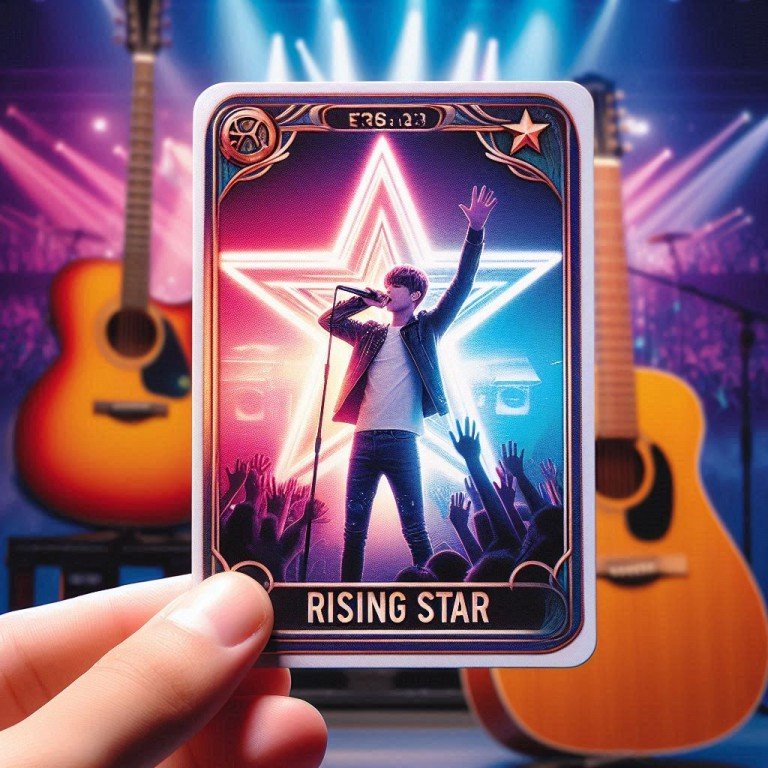
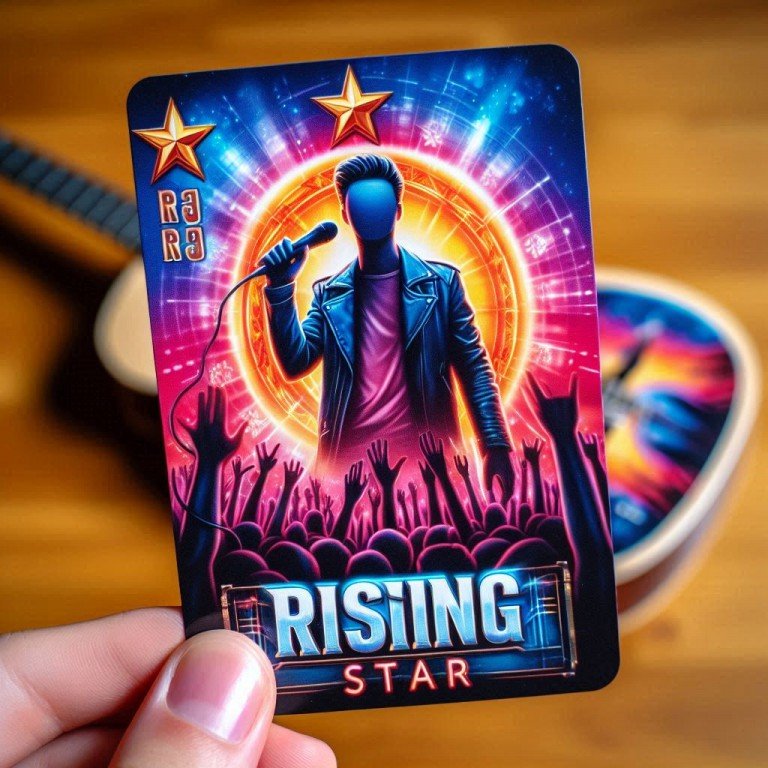
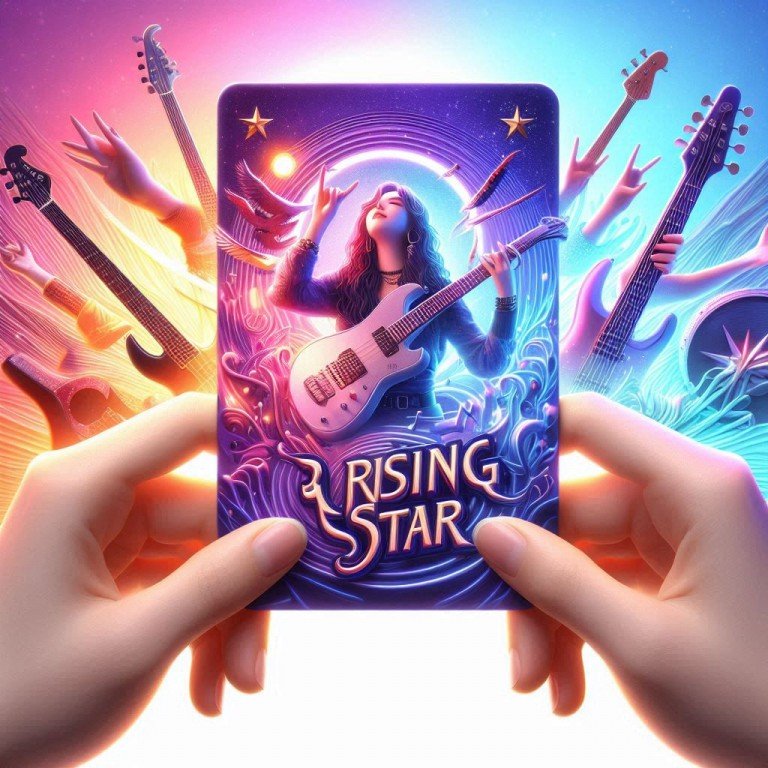
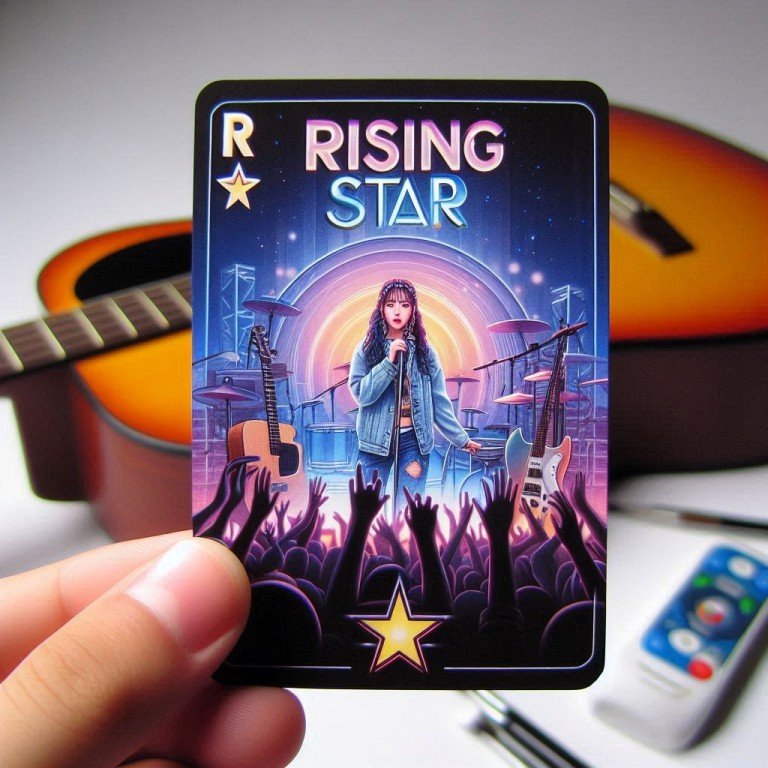
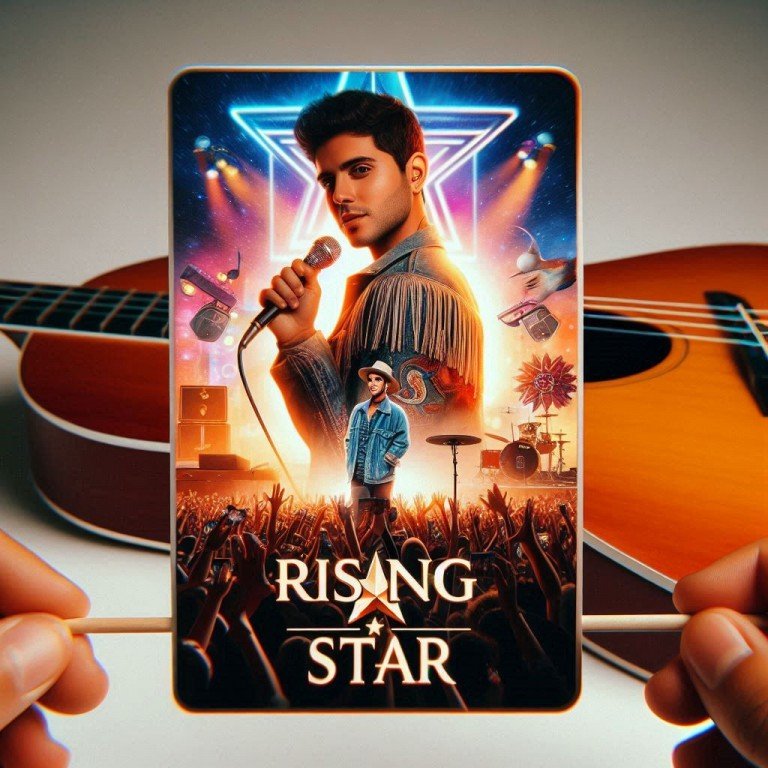
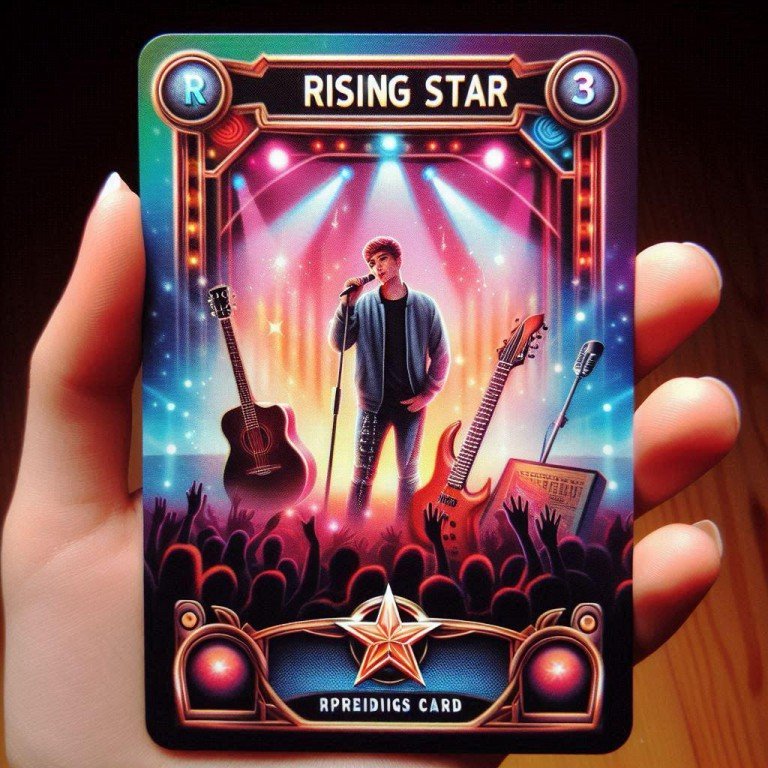
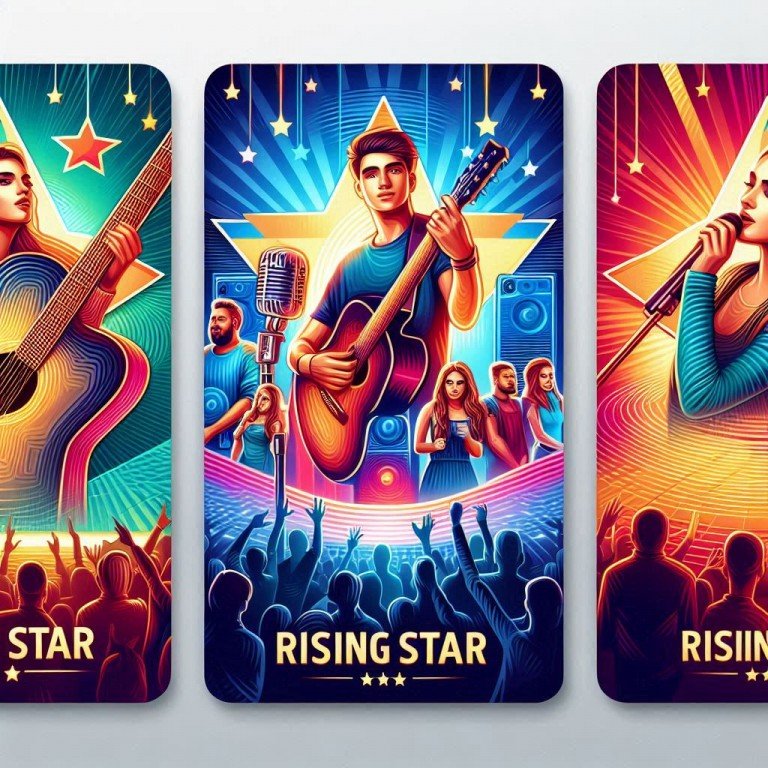
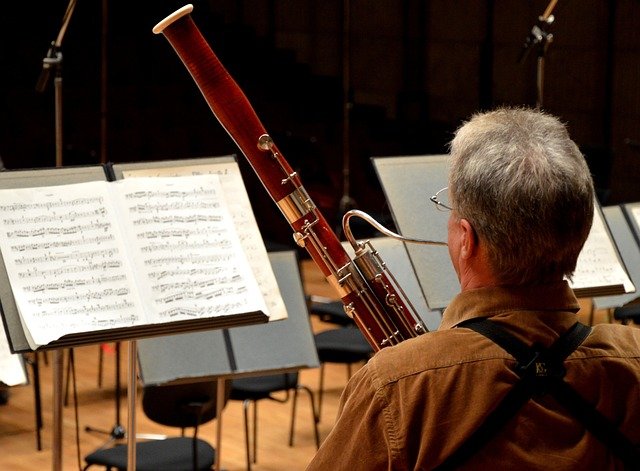
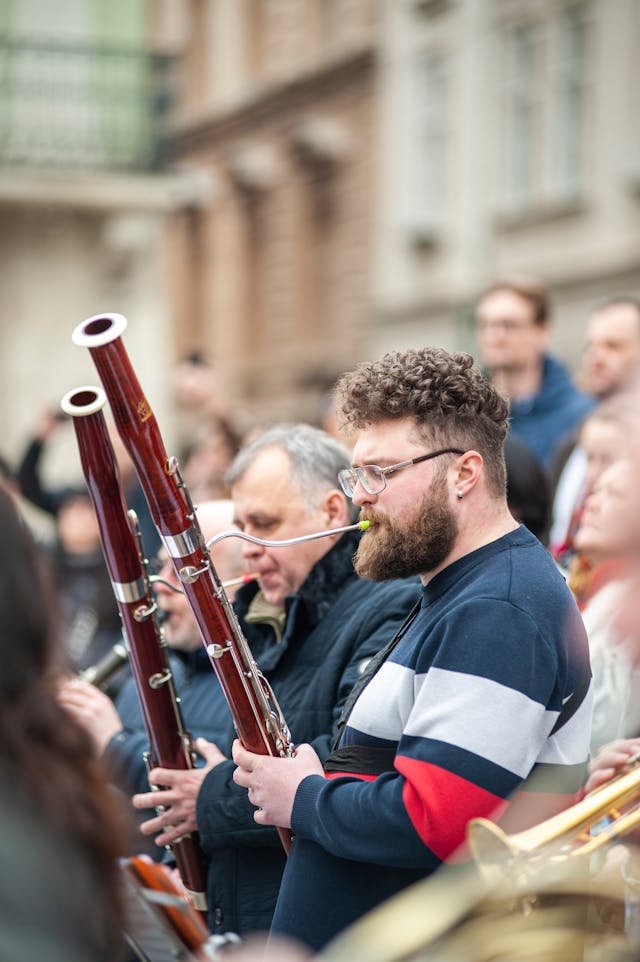
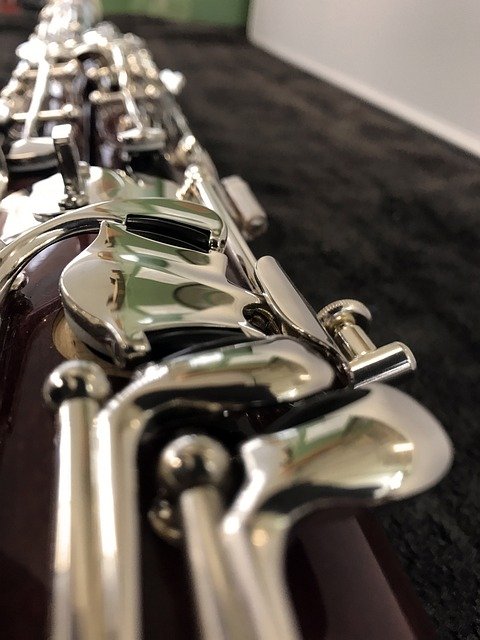
Congratulations @mariabc! You have completed the following achievement on the Hive blockchain And have been rewarded with New badge(s)
Your next target is to reach 30000 upvotes.
You can view your badges on your board and compare yourself to others in the Ranking
If you no longer want to receive notifications, reply to this comment with the word
STOPCheck out our last posts: